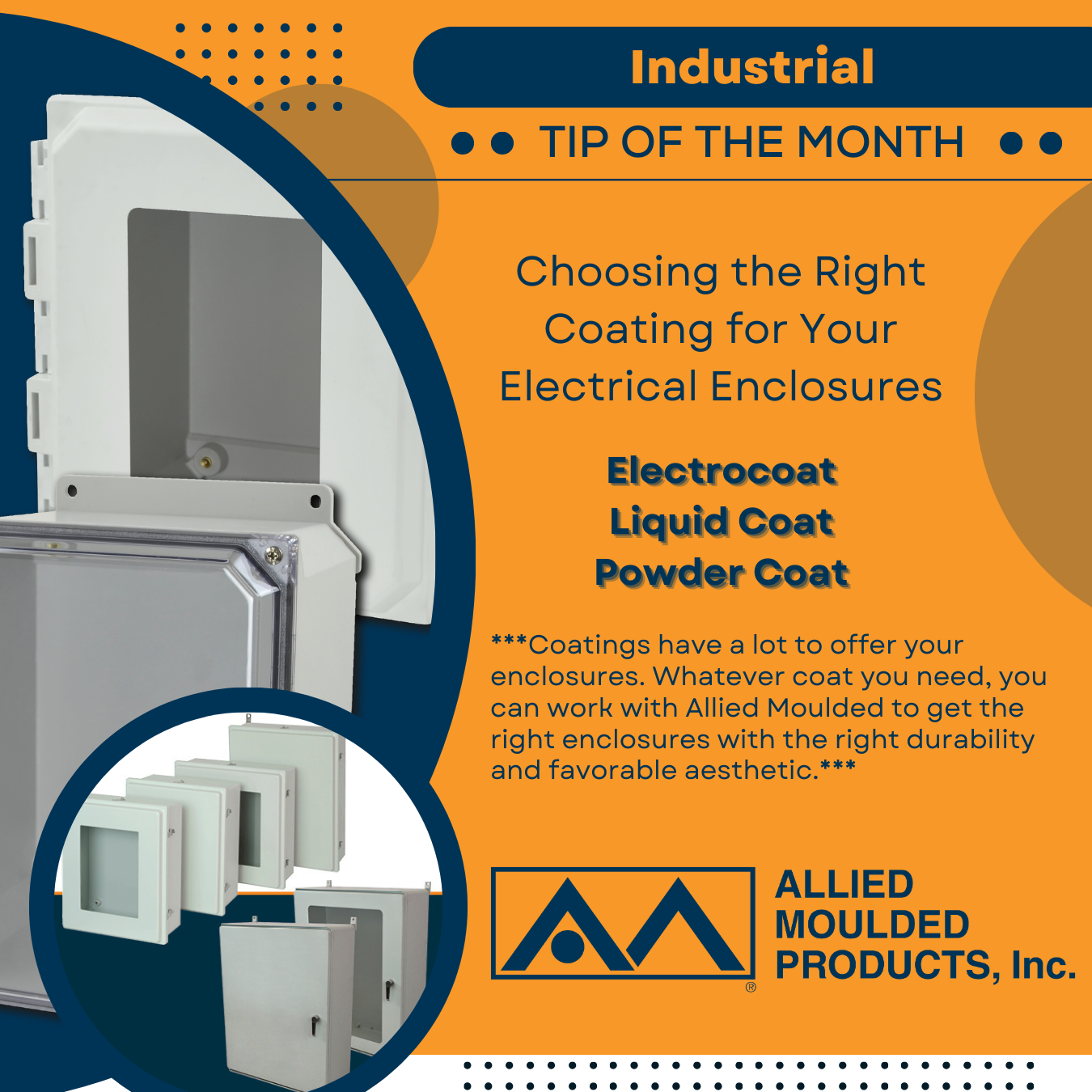
Electrical enclosures do important work protecting electrical components and mitigating fire dangers. That said, sometimes the enclosures themselves need a little protection. In those cases, most experts turn to coatings. Today, you can take a minute or two to learn about coatings, how they work, and when you might need one.
The Value of a Good Coating
Typically, electrical enclosures are made from fire-resistant materials. Metals, polycarbonate, and fiberglass make up the most common styles. Despite the inherent fire resistance and durability in these materials, they do not fare well in all conditions. To help with that, you can consider coatings.
More than anything else, coatings serve to resist corrosion, wear, and damage to the enclosure itself. For instance, a powder coating on a metal enclosure can prevent rust from normal rain cycles.
Beyond durability, coatings can improve insulation to help enclosures maintain desired temperatures. Enclosures can also improve water or moisture seals to protect internal components. Finally, some coatings primarily serve an aesthetic role, making the enclosures fit a desired visual presence.
Picking the Right Coating
Naturally, you want a coating that serves a purpose. If you’re worried about rust, you want rustproofing from your coating. If your primary focus is visual, you want the right color and texture. While many coatings exist, most fit into three categories: electrocoat, liquid coat, and powder coat.
Electrocoat
This type of coating is usually made from a cathodic acrylic composition. Other compositions are possible. The thing that makes electrocoating special is the application.
Basically, this is a method of painting that uses electricity to secure the coat to the surface of the enclosure. This allows manufacturers to use coating materials that might otherwise fail to adhere to the surface. In most cases, electrocoats focus on corrosion resistance and raising the general toughness of the enclosure.
Liquid Coat
Liquid coats cover a huge range of products, all of which apply much like a layer of paint. In fact, you can just plain paint many enclosures to improve their durability and change their look. Such paints fit the category of liquid coats.
Liquid coats provide the widest range of material properties. You can search and find a liquid coat that meets whatever requirements you have in mind.
These coats are great for durability, and they offer an additional advantage. Some liquid coats offer the best in thermal insulation — making them your best bet for controlling temperatures inside of an enclosure.
Powder Coat
Powder coats primarily apply to metals. Various powders stick to the metal and protect it from rusting or otherwise corroding.
Many different powders exist, so you can find one that does well in your enclosure’s environment. As an example, a powder coat that thrives in heavy thunderstorms might not do well near a body of saltwater. So, pick your powder accordingly.
In many cases, powder coats are best applied by manufacturers. You can work with a manufacturer to see if they can apply a coat that you need before finalizing products.
Coatings have a lot to offer your enclosures. Whatever coat you need, you can work with Allied Moulded to get the right enclosures with the right durability and favorable aesthetic.
